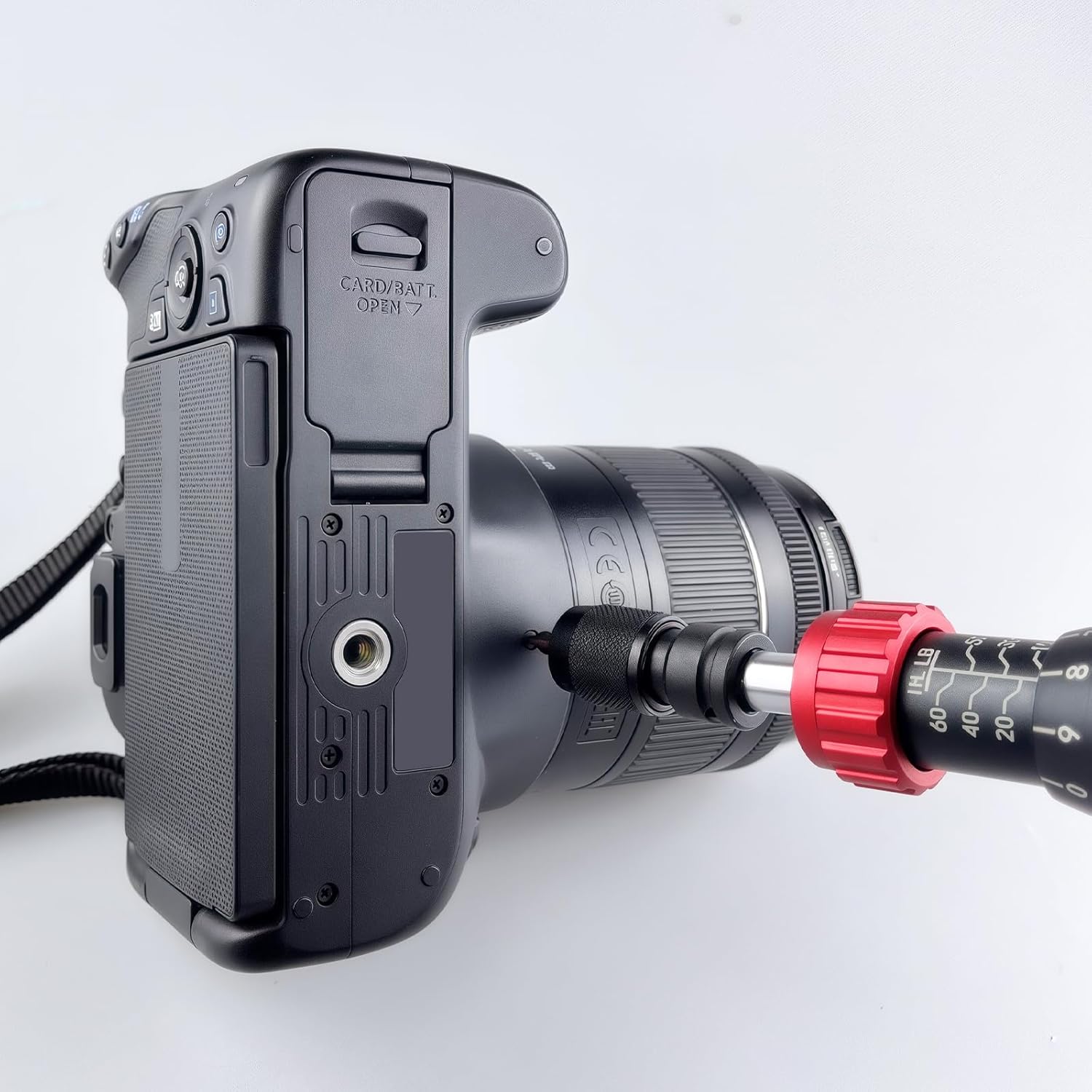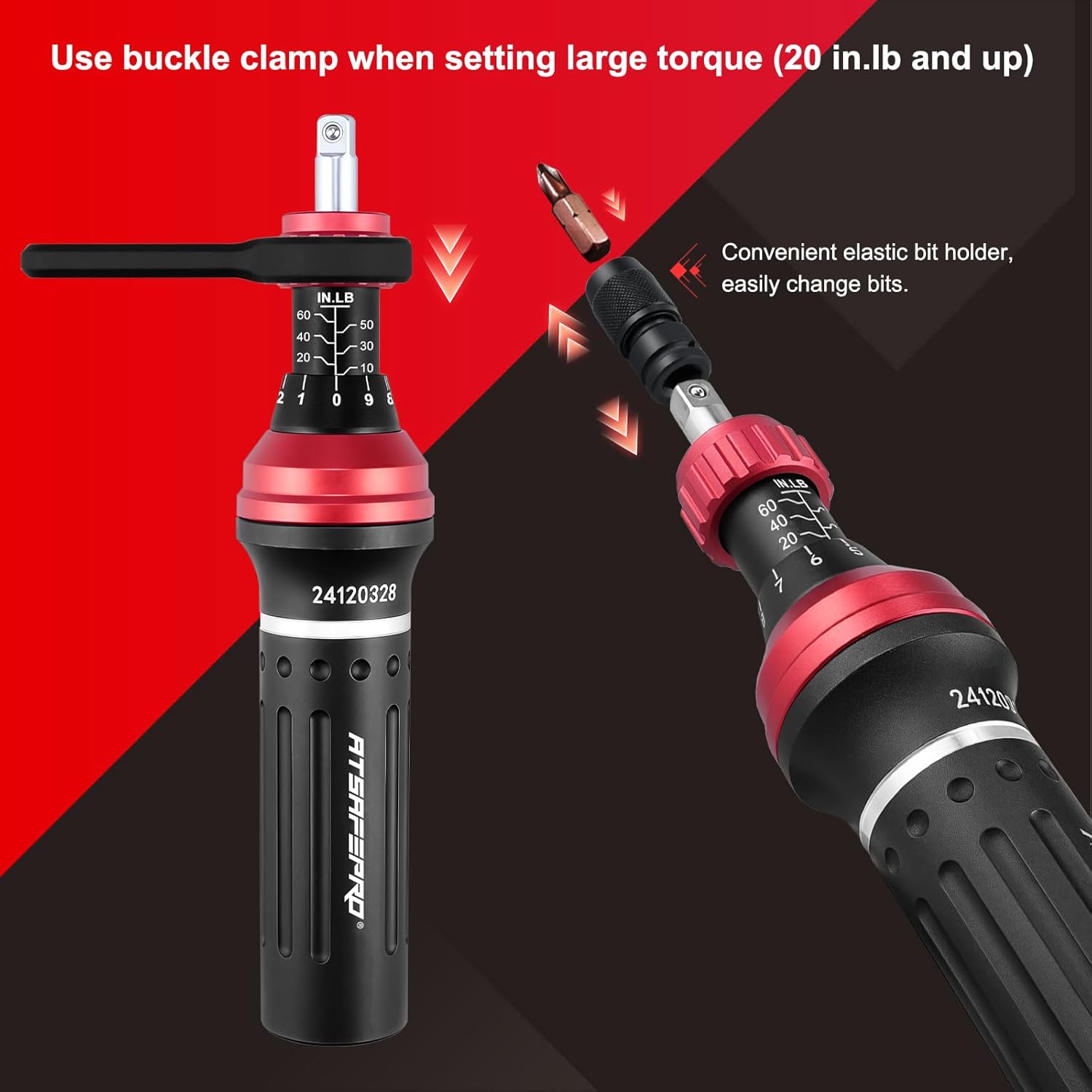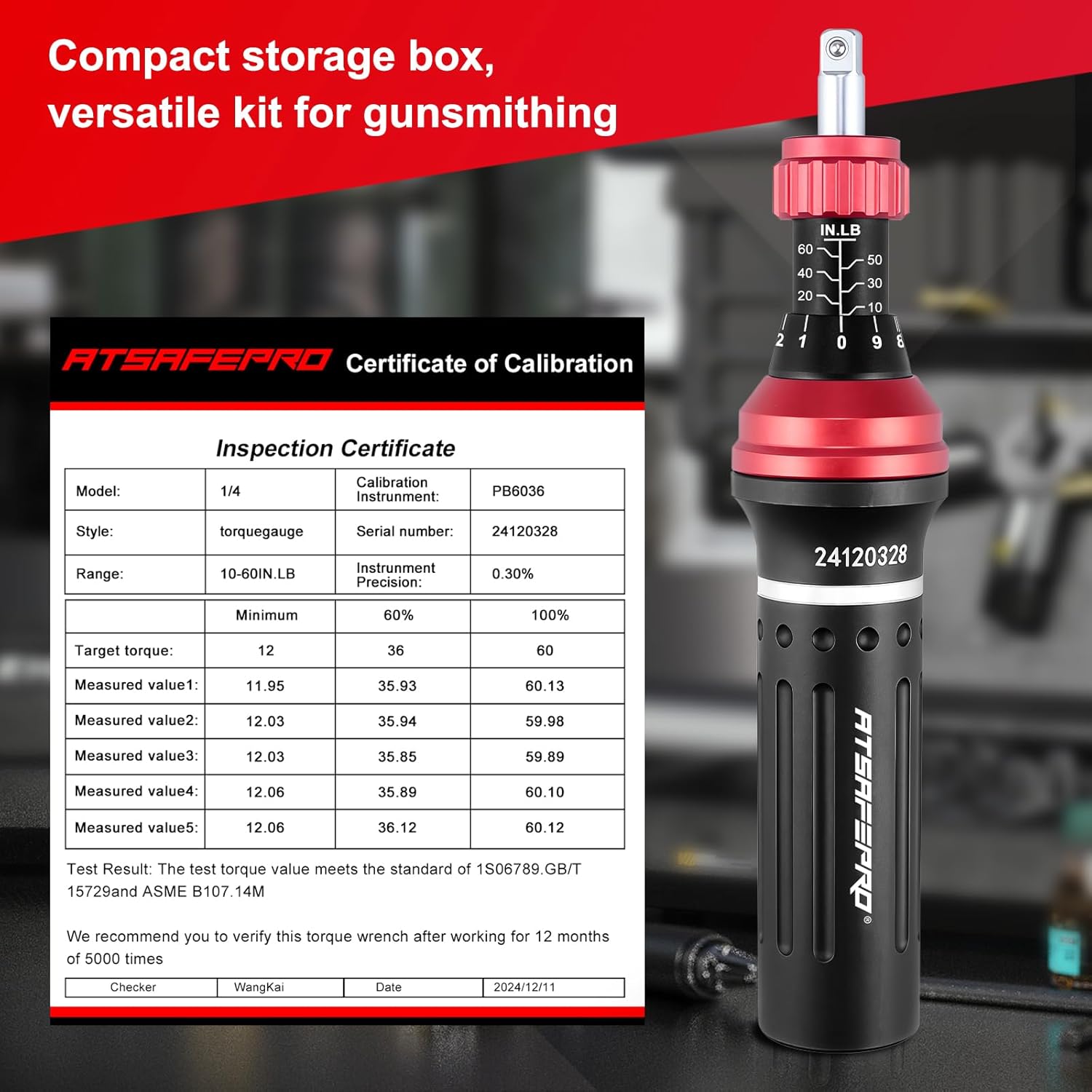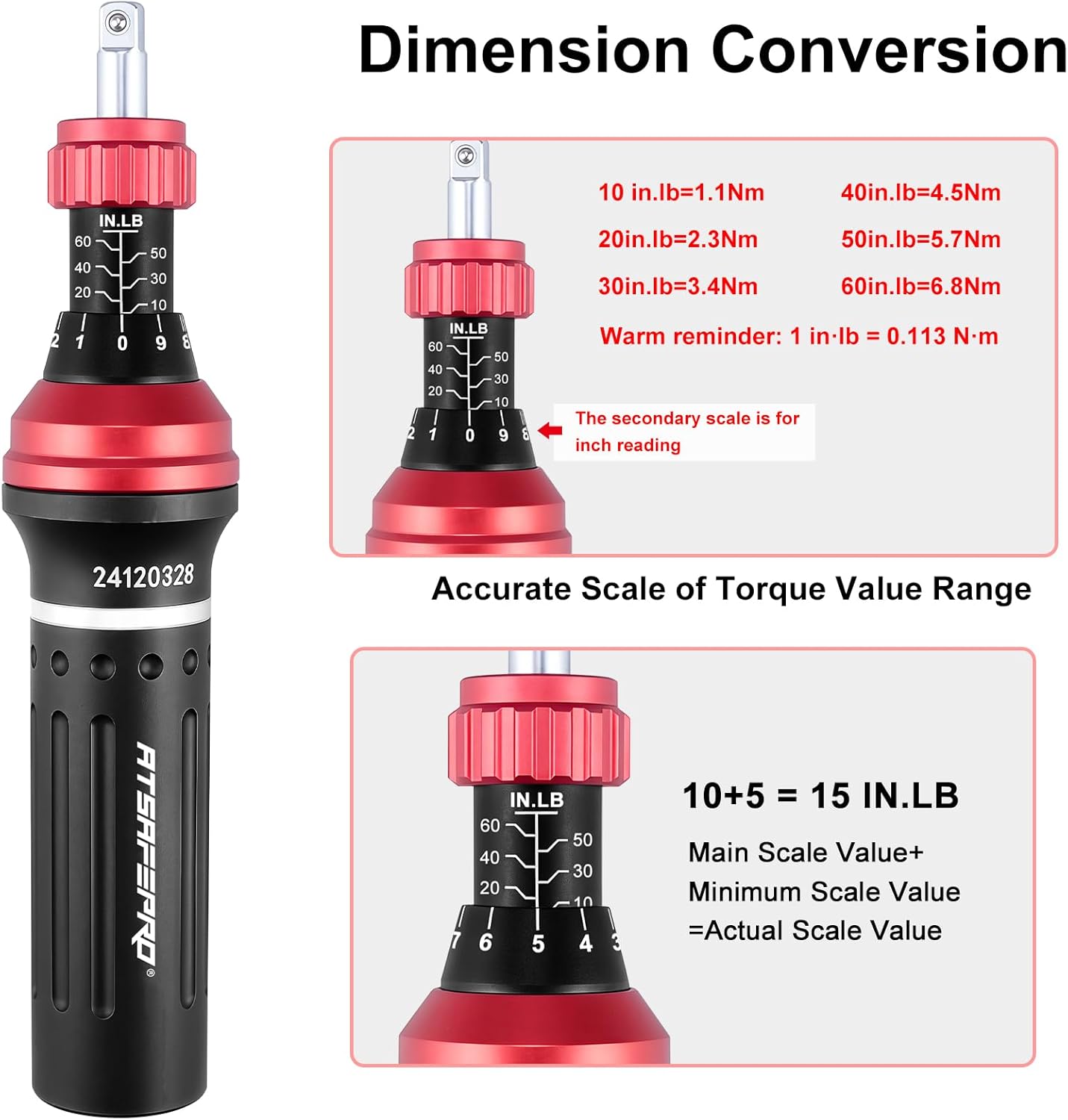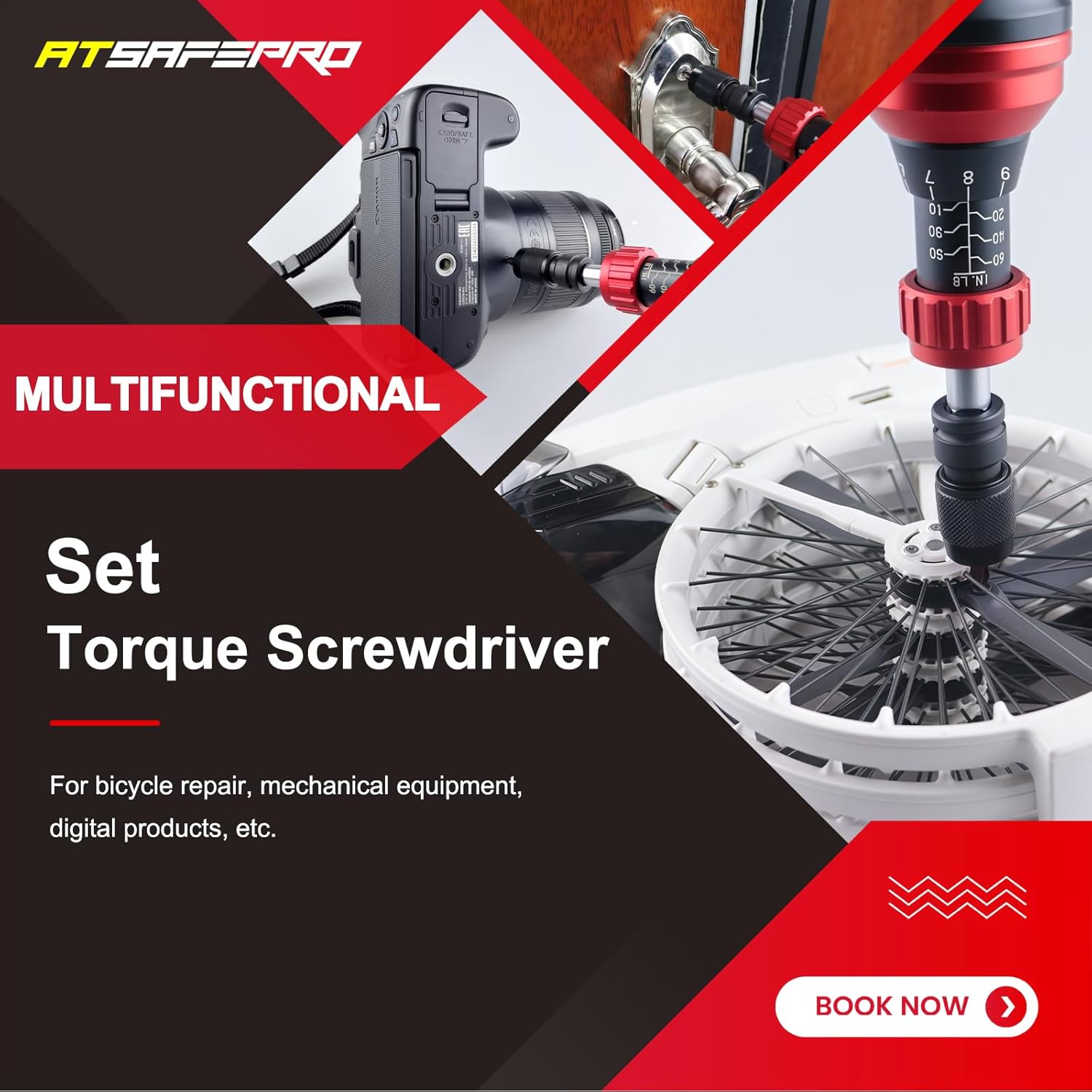Proper bicycle maintenance is the cornerstone of a safe, reliable, and high-performing ride. While many cyclists are comfortable with cleaning their chain or adjusting their brakes, one of the most critical yet often overlooked aspects of bike care is applying the correct tension to bolts and fasteners. This is where a high-quality Bicycle torque wrench becomes an indispensable tool in your kit. It's a precision instrument designed to apply a specific amount of rotational force, or torque, to a fastener. Without it, you are essentially guessing, which can lead to two major problems: over-tightening, which can strip threads or damage expensive lightweight components, and under-tightening, which can cause parts to loosen or fail during a ride, creating a significant safety hazard.
Why a Torque Wrench is Non-Negotiable for Modern Bikes
Modern bicycles, especially those in the mid-to-high-end range, are engineering marvels. They often feature frames and components made from advanced materials like carbon fiber and lightweight aluminum alloys. While these materials provide incredible strength-to-weight ratios, they are also particularly sensitive to compressive forces. Overtightening a bolt on a carbon handlebar or seat post can easily crush the fibers, causing invisible structural damage that could lead to catastrophic failure down the road. This is why using a dedicated Torque wrench for bikes is not just a recommendation; it's a necessity to protect your investment. Beyond protecting your components, proper torque ensures your safety. Imagine your handlebar stem bolts coming loose on a fast descent or your seat post slipping mid-pedal stroke. Using a torque wrench guarantees that every critical fastener is secured to the manufacturer's exact specifications, giving you peace of mind and allowing you to ride with confidence.
Getting to Know Your Adjustable Torque Wrench
For most cycling applications, an Adjustable torque wrench bicycle tool is the perfect solution, offering the versatility to handle a wide range of tasks. These tools typically feature a main body, a handle that you twist to set the desired torque, a clearly marked scale (usually in Newton-meters, or Nm), a locking mechanism, and a head that accepts various socket bits. The most common and user-friendly type for home mechanics is the 'click-type' wrench. Its genius lies in its feedback mechanism. When you are tightening a bolt and reach the preset torque value, the wrench's internal mechanism will produce a distinct 'click' sound that you can also feel through the handle. This is your unequivocal signal to stop applying force. This feature, an audible and tactile confirmation, eliminates all guesswork and is a hallmark of a quality tool, ensuring precise and repeatable results every time you work on your bike.
How to Properly Use Your Torque Wrench: A Step-by-Step Guide
Using a torque wrench is straightforward once you understand the process. Following these steps will ensure you do it correctly every time. First, you must identify the correct torque specification for the bolt you are tightening. This value is often printed directly on the component itself, right near the bolt head. If not, always consult the component manufacturer's official documentation. Second, set the desired torque value on the wrench. This is usually done by twisting the handle until the indicator aligns with the correct number on the scale. A good wrench will have clear, easy-to-read markings. Third, engage the lock mechanism, which is often a ring or switch at the base of the handle, to prevent the setting from accidentally changing while in use. Fourth, attach the correct size and type of bit (e.g., a 4mm hex bit) for the bolt head. Fifth, place the bit securely into the bolt and apply slow, steady pressure to the handle. Do not use jerky motions. Continue turning until you hear and feel the 'click'. Sixth, and this is the most important part, stop turning immediately at the click. Do not apply any further pressure, as this will exceed the specified torque. Finally, after you are finished with the tool, always reset it to its lowest setting. This releases the tension on the internal spring, preserving its calibration and accuracy for years of reliable service.
Common Torque Values for Your Bike
While you must always prioritize the manufacturer's printed specifications, it's helpful to be familiar with the general torque ranges for common components. This knowledge helps you spot potential issues and builds your mechanical intuition. For instance, stem bolts that clamp onto the handlebar are typically in the 4-6 Nm range. The bolts on the stem that clamp to the steerer tube are often slightly tighter, around 5-7 Nm. Seat post binder bolts usually fall between 5-8 Nm, depending on the clamp and post material. Saddle rail clamp bolts can require a bit more force, often between 8-12 Nm. Components that see much higher forces, like crankset bolts and pedals, have significantly higher torque values, sometimes ranging from 30 Nm to 50 Nm. Having a good Torque wrench for bikes that covers the lower range (e.g., 2-24 Nm) is essential, as this will cover the vast majority of adjustments on your bike.
Selecting the Perfect Tool for Your Needs
When it's time to purchase a torque wrench, there are a few key features to look for. The most critical is the torque range. As mentioned, a wrench covering approximately 2-24 Nm will be the most useful for a cyclist. An Adjustable torque wrench bicycle design provides the flexibility needed for various jobs. Pay attention to the quality of the tool's construction. Look for a comfortable, ergonomic handle and, most importantly, clear and precise markings on the scale. A secure and intuitive locking mechanism is also vital to ensure your settings stay put. The audible 'click' feature is non-negotiable, as it provides the positive feedback needed for accuracy. Investing in a reliable Bicycle torque wrench is an investment in your bike's longevity and your own safety on the road or trail.
Mastering Your Bike Maintenance with Precision
Moving from 'tight enough' to 'torqued to spec' is a major step up in your journey as a home mechanic. It signals a commitment to doing the job right. A Bicycle torque wrench is more than just a tool; it is your partner in achieving mechanical perfection. It replaces uncertainty with confidence, ensuring that every bolt is just right—not too tight, not too loose. By understanding its importance, learning how to use it correctly, and investing in a quality instrument, you take control of your bike's performance and safety. You can work on your prized machine with the assurance that your adjustments are precise, protecting your components and allowing you to enjoy countless miles of worry-free cycling.



